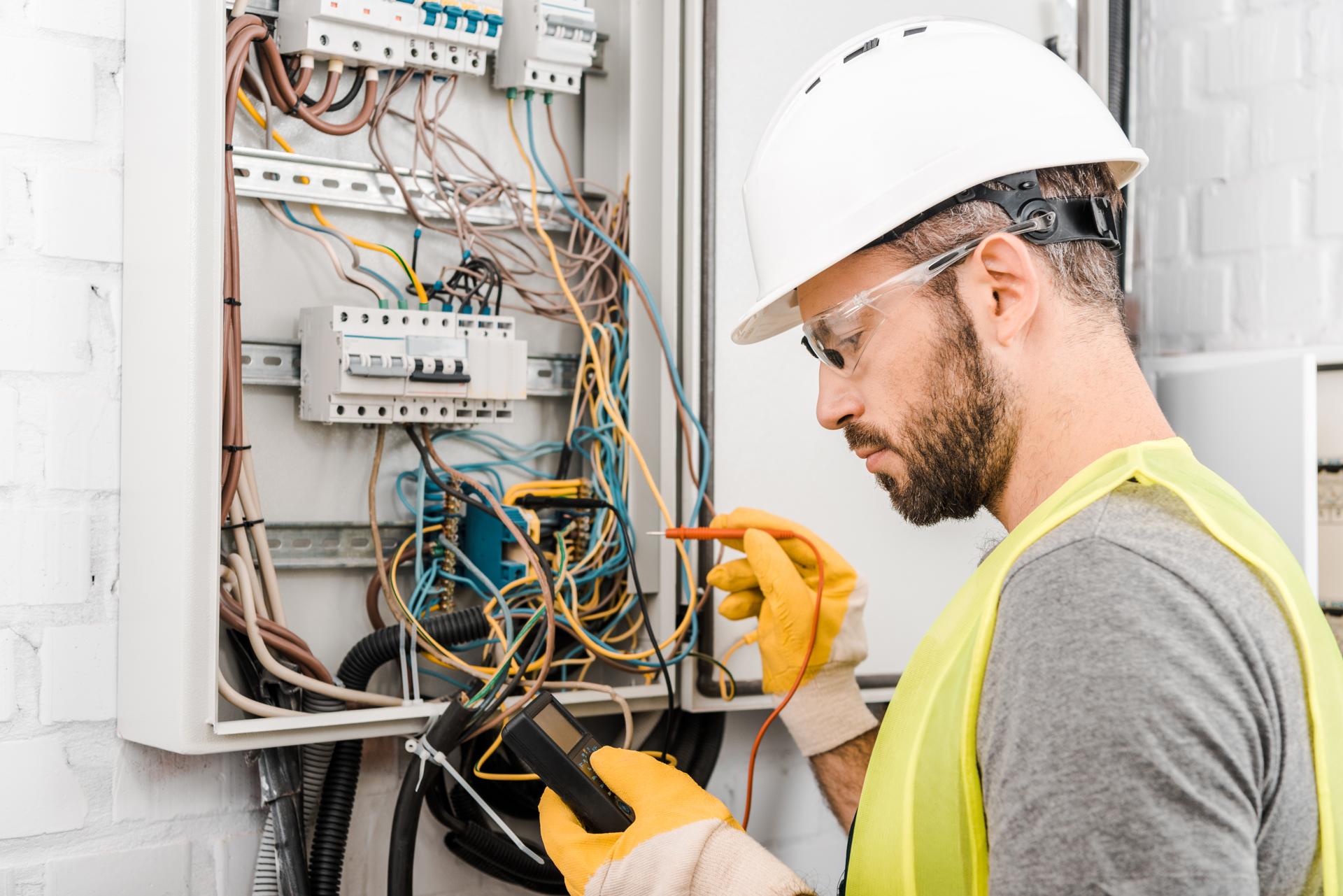Understanding the Principles of Electrical Wiring in Your Home: A Step-by-Step Guide

Electricity is an integral part of our everyday lives, supplying everything from the lights in our houses to devices we use on a daily basis. However, electric systems may be complex, making it difficult to understand how they work can be challenging. In this guide we’ll go over the components that make up an electric system, and describe how circuits function to power devices and appliances. Our residential electricians can handle any electrical jobs you need.
The components of an electrical system
An electrical system has several essential components that work to supply power to the home. This includes:
Breaker box: the main distribution point for electrical energy in a house that is where electricity is split into various circuits
Outlets and switches: the points at which electricity is supplied to devices and appliances
Wiring: the wires that transport power from the breaker box to outlets and switches
Electronic appliances and gadgets: appliances and gadgets that rely on electricity to function.
Electrical Circuits
A circuit of electricity is a path which allows electricity to flow from the point of origin (the breaker box) to the devices and appliances in a home. There are two types of electrical circuits found in the home that are 120-volt and circuits with 240-volt voltage. 120-volt circuits are utilized for most household devices and appliances, whereas the 240-volt circuits are utilized to power larger appliances, such as dryers and air conditioners.
Electrical circuits work by completing an electrical loop that allows power to be transferred from the source to the appliance or device. The loop consists of a hot wire that transports the power and a neutral wire which completes the circuit, and the ground wire which provides an avenue for electricity to reach the ground in case the fault occurs.
Understanding Electrical Wiring
Electrical wiring is available in many different kinds, including non-metallic sheathed cables (NM) as well as armored cables (AC) and conduit. Each comes with its own pros and disadvantages, and the choice of the wiring type is contingent upon the specific requirements that the location requires.
Electricity travels through wiring by creating a flow of electrons in the wire. The electrons flow between the origin and the device or appliance, and back to the source through the neutral wire. It is crucial to make sure that the wiring is installed and maintained in a correct manner, as improper wiring can cause electrical dangers like shocks and fires.
Common Electrical Problems
Common electrical issues in homes include tripping breakers, flickering lights and dead outlets. These problems can be caused due to a variety of reasons, including overloading circuits, loose connections, and faulty wiring.
If you experience any of these issues it’s crucial to pinpoint the cause and take appropriate actions to rectify the issue. In some instances this could mean contacting an accredited electrician to examine and fix the wiring.
Conclusion as well as a Call to Action
In the end, knowing how electrical wiring works is crucial for ensuring the security and reliability of the electrical system in your home. By following the guidelines outlined in this guide to stay secure and stay clear of potential dangers.
Should you ever have concerns or questions about your home’s electrical system Don’t hesitate to reach out to Local Electrician Ashfield. Our team of licensed electricians has the experience and knowledge to meet your electrical requirements. Contact us by phone at 1300 610 481 to schedule a appointment.
FAQ
What are the signs of faulty electrical wiring?
Signs of faulty electrical wiring can include tripping breakers, flashing lights, and electrical outlets that are not working, for example.
When should I have my electrical system at home inspected?
It is recommended to get your home’s electrical system checked by an accredited electrician every 10 years.
What is the life expectancy of wiring that is electrical?
The life span of electrical wiring depends on many factors, such as what kind of wire used, the setting it’s placed in, as well as the quality of installation. In general, electrical wiring lasts as long as 30-years or longer with correct installation and care.
Can I fix electrical problems myself or should I always engage an electrician?
While some electrical issues can be fixed by homeowners, it is recommended that you hire an experienced electrician for the majority of electrical repairs. If you attempt to fix electrical issues without proper training and experience can be dangerous and may cause damage or injury to your home.
What should I do if encounter an electrical problem in my home?
In the event of an electrical emergency the first step is to turn off power to the area affected by turning off the breaker or fuse. Then, contact an authorized electrician to look into and fix the problem as quickly as is possible.
If you follow these tips by following these guidelines, you can ensure the security and reliability of your electrical system in your home and reduce possible dangers. Keep in mind that when it comes to electrical repairs or installations, it’s always best to leave it to the experts. Reach out to Local Electrician Ashfield at 1300 610 481 for all your electrical needs.
